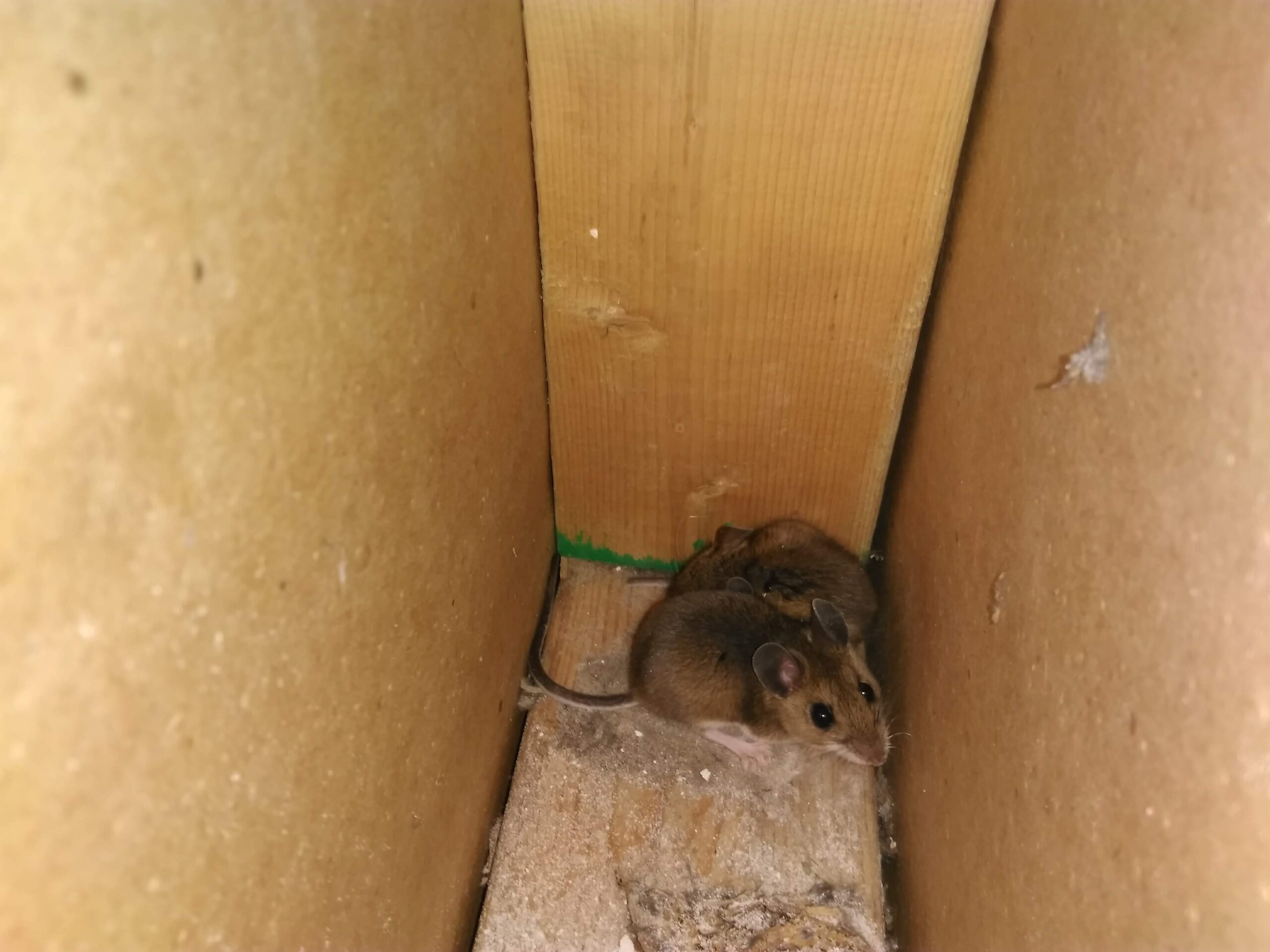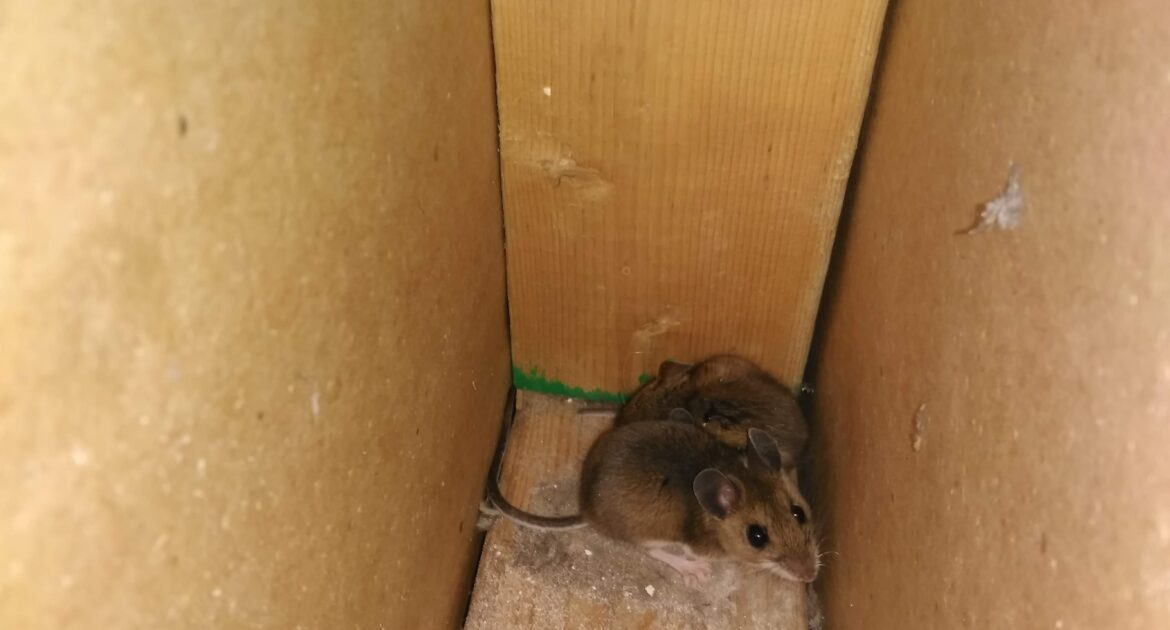Have you ever found a mouse in your home and used a shoebox or other container to catch it and put it outside? It is not uncommon for homeowners to believe seeing a single mouse is only evidence of one mouse, but that is an inaccurate assumption. Where you find or witness one mouse, there are likely more, and you should call a mice removal service at the first sign.
Even two mice in a house can lead to a significant problem. Mice do not have a single mating season throughout the year; they have multiple, meaning if two mice are in your house and one is male and the other female, it will not take long for you to have a larger problem.
The Gestational Period of Mice
Mice have one of the fastest gestational periods of any mammal, lasting between 19 and 21 days. A single female will get pregnant between five and 10 times per year, birthing a litter of as many as 14 pups. If only a single female remains in your home for the year, which is unlikely, there is the potential for an increase from two mice to 140.
Thankfully, 14 pups are not the norm for a female mouse. Most mice will only give birth to between 32 and 56 pups per year, with an average size litter between six and eight. However, even if 56 sounds better than 140, you need to remember that it only accounts for one female. On average, female mice will make up between 35% and 50% of a litter.
Pups reach sexual maturity within four to six weeks, typically four, and the mothers can get pregnant again after 25 days. So, keeping all the math in mind, a house with only two mice at the start of the year could potentially incur an infestation of over 5,000 by year-end. However, keep in mind the likelihood of starting with only two mice is slim, leading many experts to suggest — in perfect breeding conditions — a mouse population could reach the millions if given a year.
If you take the 5,000 mice estimate to heart and combine it with the average life expectancy — two to three years when indoors — you can end up with an extreme infestation. Now, imagine if the multi-million mouse population is accurate, you will likely no longer have a salvageable home. It is crucial to protect your home, but you can do so humanely and safely.
Ensuring Your Home is and Remains Mouse Free
The security of your home depends on fast and effective removal. Unfortunately, trapping one or two mice and putting them outside does not resolve the underlying issues of your infestation. Instead, the mice you release will most likely re-enter the home through one of the previous vulnerabilities they originally exploited.
If you want to remove all mice and ensure your property remains mouse-free, you need to seal all vulnerabilities, but you do not want to do so too quickly. If you seal every entry and exit point before permitting the mice to escape, you will seal the animals in your walls, attic, basement, etc. Some mice will die in the cavities, while others struggle to escape. Your house will likely smell from the decay, urine, and feces. As the animals struggle to free themselves, they will continue to chew on the house structure and electrical wires, presenting a significant fire risk.
The only way to ensure your home is mouse-free is to hire wildlife control in Madison. A professional service will assess your property and create a custom solution that includes exclusionary practices. Before sealing any holes, the technicians will ensure the property is free of any more rodents. Contact Skedaddle Humane Wildlife Control to schedule an assessment and estimate.




